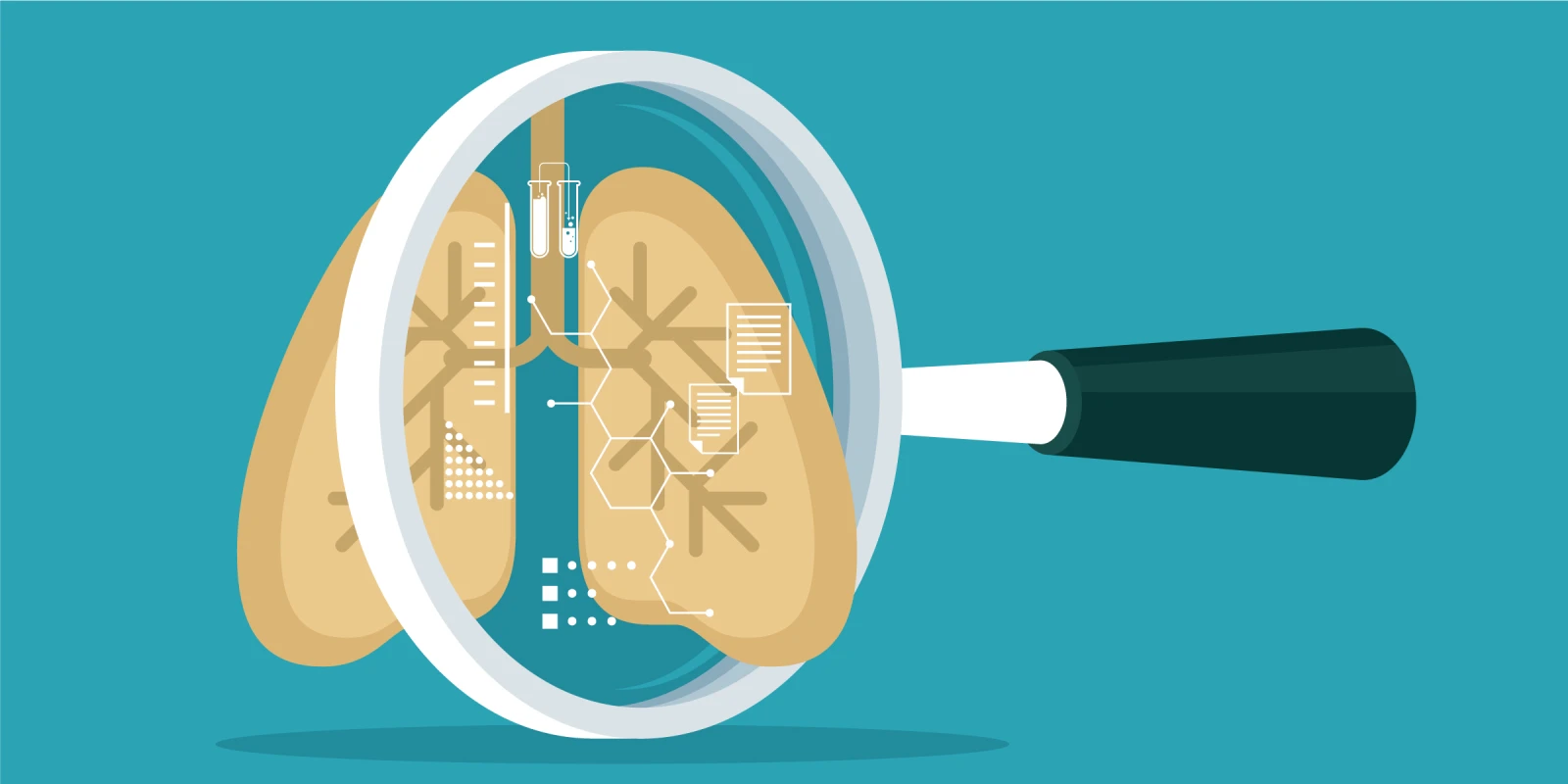The link between the environment and health is an important topic as we face worsening climate change across the globe.
During this year’s annual conference for the American College of Asthma, Allergy and Immunology, I had an opportunity to moderate a session called “Disparities in the Air We Breathe”. In this session we learned more about the impacts of climate change on health and the populations that are most affected by the current state of the environment.
I wanted to highlight some of the things I found most interesting from this session as I think all doctors need to be aware of this very important determinant of health.
This was a three-part lecture and the first focused on indoor air quality. Dr. David Peden, a Medical Director for The Center for Environmental Medicine, Asthma and Lung biology at UNC School of Medicine, reviewed the types of indoor pollutants that we are exposed to: particulate matter, nitric oxide and endotoxins. The source of these pollutants include particulate matter generated with cooking (especially the use of indoor biomass fuel- i.e. wood or charcoal for cooking), indoor fireplaces, smoking and biologicals (bacteria, fungi and allergens).
Indoor air pollutants can have a higher impact on our asthmatic patients than the pollutants outside. With higher indoor exposures of particulate matter and nitric dioxide exposures indoors researchers see more coughing, wheezing, chest tightness, and an increase in rescue medication use in asthmatic patients. There is also evidence to show that indoor endotoxin exposure has been shown to enhance response to allergens in the environment.
Measures to reduce these indoor pollutants include HEPA filters and humidity control. HEPA filters can provide clinical benefit as shown in clinical studies and humidity control can also be useful in reducing bioaerosols and allergens, including endotoxin. Dr. Peden concludes by saying that no one measure will be effective at reducing indoor pollution but we must do whatever we can to minimize exposure.
The second speaker, Dr. Aaron Bernstein, Interim Director of the Center for Health & the Global Environment at Harvard School of Public Health, spoke about climate change and what we need to know as allergists.
He started by talking about how wildfires burn more acres with climate change than without and the smoke from these fires can affect people as far as Massachusetts. Wildfires produce particulate matter (PM) which has detrimental effects to lung health. In particular, early life wildfire smoke exposure has been shown to be associated with immune dysregulation and lung function decrements in adolescence and has also shown an increased use in short acting bronchodilators for those asthmatic children who are obese compared to normal or overweight children. The link between pollen and climate change has been researched and we are now confident that higher CO2 levels means more pollen and longer pollen seasons, which means more suffering for those with pollen allergies. The higher temperatures produced by climate change also drive more ozone formation.
Bernstein ends with a case presentation where he highlights the need for us to understand the link between the environment, the medications we prescribe and how they are stored. Data shows that different medications may not allow us to tolerate the increasing heat as well as others. Antihistamines, a medication often used by allergists and primary care physicians to treat allergies have anticholinergic effects, as do other medications used in psychiatry, the use of these medications, especially together, can interfere with patient thermoregulation by inhibiting parasympathetic pathways leading to inhibition of sweating and leads to decreased ability to eliminate heat and thus can lead to heat stroke. Lastly, storage of medications in a car is detrimental with increasing temperatures, data on epinephrine device storage in cars showed that single, short-time exposure to heat can result in decreased epinephrine concentrations in autoinjectors.
Finally, the third speaker, Dr. Bridgette Jones, an associate professor of pediatrics and medical director of the Office of Equity and Diversity at Children’s Mercy in Kansas City, helped tie all of this information together and helped us understand how this affects our patients and who are most affected by these changes in our climate.
Jones highlights an EPA report on climate change that detailed the ways in which climate change will hit US racial minorities the hardest. Black and African individuals are 40% more likely than non-Black and non-African American individuals to currently live in areas with the highest projected increases in mortality rates dure to climate driven changes in extreme temperatures.
As the climate warms factors that affect racial minorities the most, because of historical practices such as redlining, include increased temperatures, increased particulate matter, ozone and poor air quality, increased flooding and extreme weather conditions, increased mold exposure, increased wildfires, drought and shrinking areas of livable land.
Understanding that the patients that we see in these communities with often severe asthma and allergies may be dealing with many of these worsening factors is important as we put together our treatment plans.
Dr. Jones suggested some action steps physicians can take: examine social barriers to equitable opportunities to health which means addressing structural and institutional racism within your institution and assess each patient for potential environmental impacts and offer interventions when possible. Some things to ask about during patient visits include:
- Food insecurity
- Housing insecurity/displacement or damage
- Energy insecurity
- Depression screening
Although you may not have answers to all of these questions now, knowing that your patients are dealing with these issues is the first step. Ideally, clinicians can work with social workers or other local agencies to tackle each one of these topics.
Lastly, she suggests using your power and influence as a physician in advocacy work to help bridge the gaps that have been created by years of discrimination and neglect.
This session was well-rounded and brought to light important information that is important for all clinicians as we help our patients navigate their health in this changing world climate.
Dr. Gupta has no conflicts of interest to report.
Image by sorbetto / Getty







